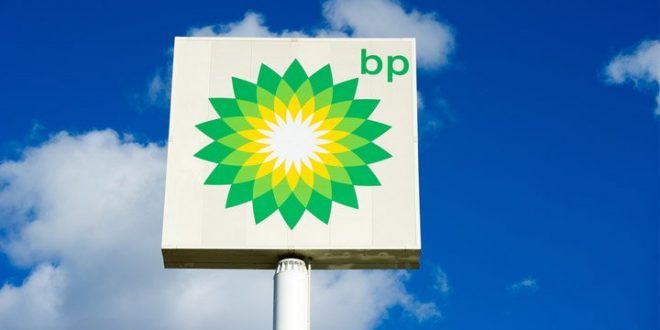BP has said it will invest heavily in Middle Eastern oil and natural-gas fields going into 2021. Despite pledging its transition to renewable energy, the company has highlighted its interest in Middle East oil and gas. At present, BP currently operates the world’s third largest oil field in Iraq, Rumalia, producing around 1.4 million barrels a day (bpd). It is also a major producer in the United Arab Emirates and Oman.
The Middle East’s low-cost oil appeal looks set to attract greater investment from BP, which is looking to diversify its production. Stephen Willis, BP’s senior vice president for the Middle East stated the appeal of the region’s “world-leading operating cost, capital cost and production efficiency performance” as some of the main drivers.
In 2018, an estimated 64.5% of all OPEC oil came from the Middle East, accounting for around 73% of the total worldwide oil reserves.
BP hopes the easing of OPEC restrictions will allow for full-capacity production in Rumalia, which was pumping as much as 1.47 million bpd in June, aiming for a peak-production level of 2.1 million bpd. This target has not yet been given a time frame, but BP hopes to reach 1.7 million bpd within the next few years.
Nonetheless, not all companies are interested in greater investment in the region. Exxon Mobil Corp. has announced its intention to sell its 32.7 percent stake in the Iraq West Qurna 1 field, valued at approximately $500 million. This is largely owing to the political instability of the country. However, other players have been quick to show interest in the region as China’s oil majors, China National Petroleum Corp. and CNOOC Ltd., are weighing up an agreement for its purchase.
Royal Dutch Shell Plc. already withdrew from the Majnoon field three years ago, leaving space for other companies to invest in Iraqi oil.
However, Iraq is not the only place where BP intends to place its investment. The potential to reach greater gas production levels quickly in Oman has attracted the company’s attention. Greater investment by BP would see them reach the full capacity of 1.5 billion cubic feet per data by first quarter 2021, based out of the Khazzan and Ghazeer gas fields in block 61.
In 2019, BP also signed a production-sharing agreement for Block 77 with Eni, in collaboration with Oman’s Ministry of Oil and Gas of the Sultanate of Oman. The block covers an area of 2,700 square kilometres, located 30 kilometres east of Block 61.
BP is also focusing its investment in the UAE, working with government-owned producer Adnoc in Abu Dhabi to increase onshore oil production by 2 million bpd. Since 2016, the company has held a 10% interest in the ADNOC Onshore concession. The UAE is an important region for BP as its refining and marketing businesses and its trading division are managed out of Dubai.
Despite being hit hard by Covid-19 restrictions and the decrease in oil-demand in 2020, the Middle East region looks set to recover in 2021. The prospect of a vaccine and an increase in the demand for energy in Asia should contribute to the industry’s recovery. Amin Nasser, chief executive of Saudi’s Aramco stated, “We are still in the tunnel, but I believe we can now see more light at the end of the tunnel”, therefore, “We can expect a better recovery in the oil market in the second half of 2021”.
While the outlook for Middle Eastern oil cannot be certain going into 2021, the easing of OPEC restrictions alongside greater investment from BP, and interest in the region from other major players demonstrate the resilience of the Middle Eastern OPEC states.

 Iran Energy News Oil, Gas, Petrochemical and Energy Field Specialized Channel
Iran Energy News Oil, Gas, Petrochemical and Energy Field Specialized Channel



